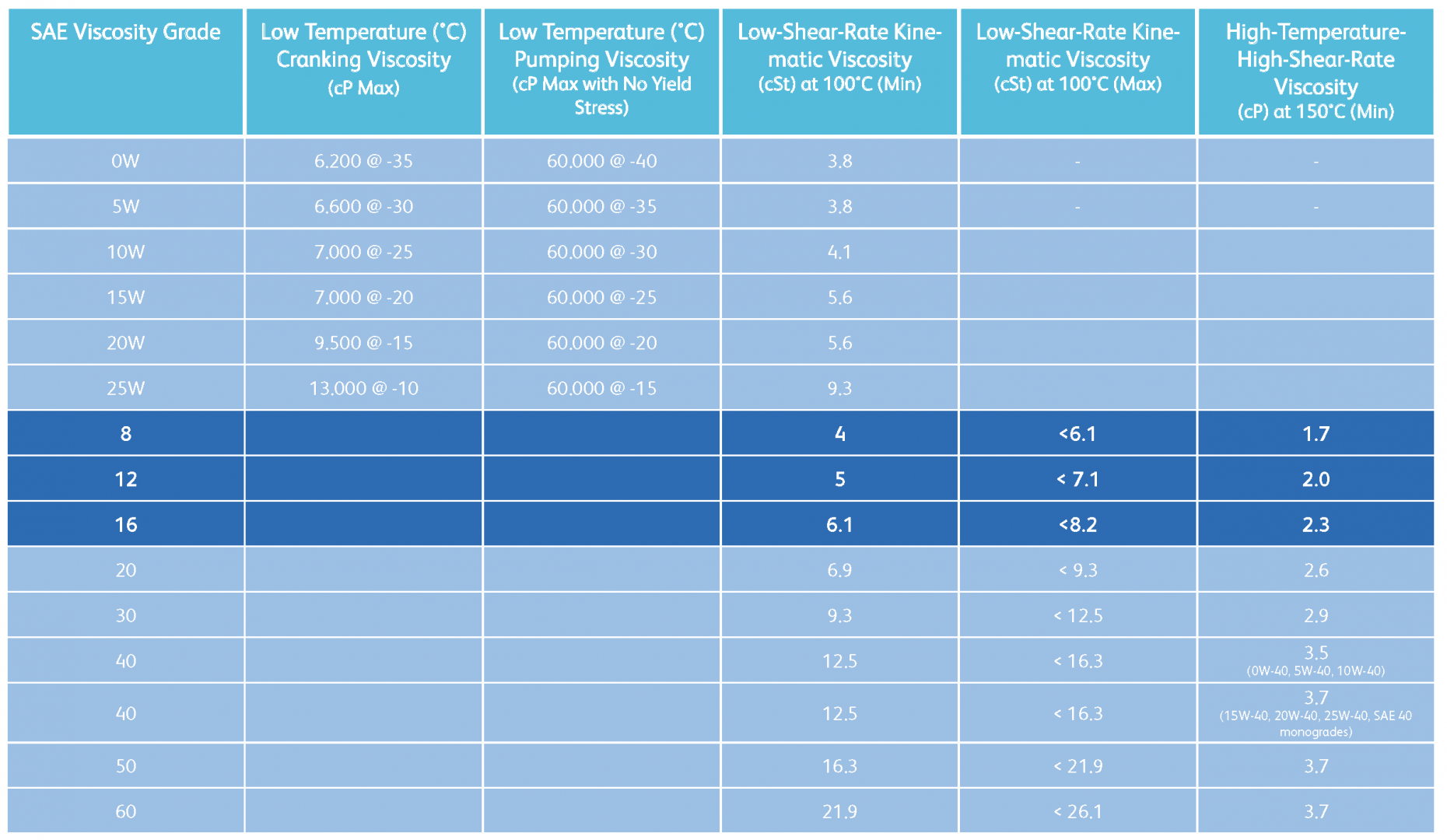
The oil becomes thin at high temperatures and thick at low temperatures. They lubricate the engine responsibly and accordingly, hence considered more dependable.Įngine oils are affected by changes in temperatures. At high temperatures, multigrade oils oppose thinning out and in colder conditions, they remain fluid. They show oils that have two viscosity grades are since, indicated the same as monograde oils are but adding another number. They flow smoothly without thinning out and are most useable for present-day vehicles. These contain the best of both worlds and are not affected by both low and high temperature. For eg SAE International engine oils 8, 12, 16, 20 and so on. High engine viscosity grades use only numbers to indicate and are most suited to higher temperatures. These are more fit for engine-use in colder temperatures. According to SAE International standards, they are 0W, 5W, 10W, and so on. The symbol of low engine viscosity grades is with a ‘W’ at the end. These engine oils are more suited to low temperatures and cater more to older vehicles. Based on the types of viscosity grades or standards, We can differentiate them into monograde and multigrade oils. This will avoid wear and tear in the engine parts and act as a layer of protection. As the lubricants will be thicker and highly viscous, the flow of the oil through the engine will be slower. On the contrary, engine oils with a high viscosity grade are best in hotter temperatures. This helps in preventing a cold engine start in chillier conditions. It will not be thinning out and have better fluidity because the oil has low viscosity. Engine oils have viscosity grades to show the engine oil’s adapting to varying high and low temperatures.įor example, a low engine oil viscosity will perform better in colder temperatures. For more information on premium and food grade mineral oils, including high viscosity white oils that are right for you and your company, contact Renkert Oil today.The viscosity grade of an engine tells you how smoothly or easily the oil flows in your engine at different temperatures. Understanding the differences between high viscosity oils and low viscosity oils can be helpful in selecting the right oil for your industrial needs. While low viscosity mineral oils are an essential part of many operations, their uses differ from those of high viscosity oils. However, the potential applications determine what viscosity is needed. Mineral oil applications can include acting as a mold release agent, a catalyst carrier oil, dust control, a pigment dispersing agent and more.įor example, low viscosity oils are essential in metal rolling, oil drilling and manufacturing many food-grade items. Low viscosity oils also play their part in manufacturing and nearly every industry. Windmill bearing lubricants are a specialty lubricant application that requires high viscosity where normal mineral oils with viscosity boosting additives may not perform as well as naturally higher viscosity mineral oil. The superior stability of the high viscosity white oil and its long molecules reduce migration to the surface of rubber-like plastic parts that can be used for food contact. High viscosity white oils can also be used to create food-grade items. Another excellent application for high viscosity oil is as a grease component that can handle heat. Using high viscosity oils mean that the soft-touch parts remain soft because the oil remains in the parts even through years of high-temperature use (think hot summer interiors of cars). Lighter oils evaporate in high-temperature applications like baking or as automotive soft-touch interior components. The advantage of high viscosity oils is that they have longer molecules and higher boiling point which means that they stay where they are put. While many people think of oils as a cooking ingredient or as motor oils, high viscosity oils are used in more specialized applications. High viscosity oils refer to higher molecular weight (longer molecules), lower volatility oils that are thicker than others. The chemical makeup of a liquid determines its viscosity, as well as defining potential applications.

High viscosity liquids are thicker, such as syrup, while low viscosity liquids are thinner, like water. This quality impacts how the liquid moves and flows, as well as what it can be used for.

Generally speaking, viscosity refers to the thickness of a liquid. This basic guide to high viscosity oils will help you understand where they’re used and what makes an oil count as high-viscosity. In fact, the United States is the world’s number one producer and consumer of mineral oil, representing an 18% share. Different types of mineral oils are everywhere in daily life, from baby oil, engine lubrication oils to high viscosity oils and many more.


 0 kommentar(er)
0 kommentar(er)
